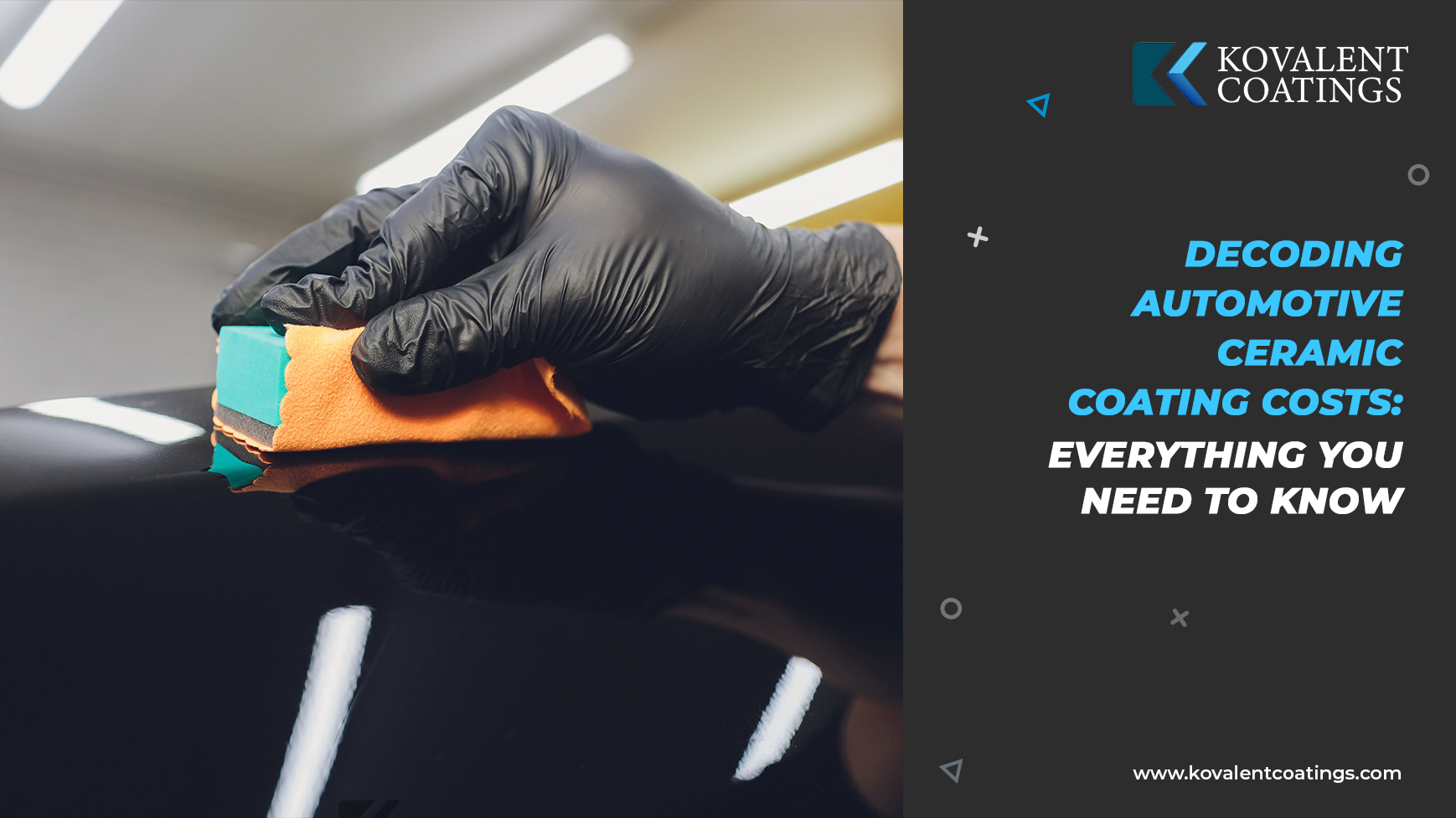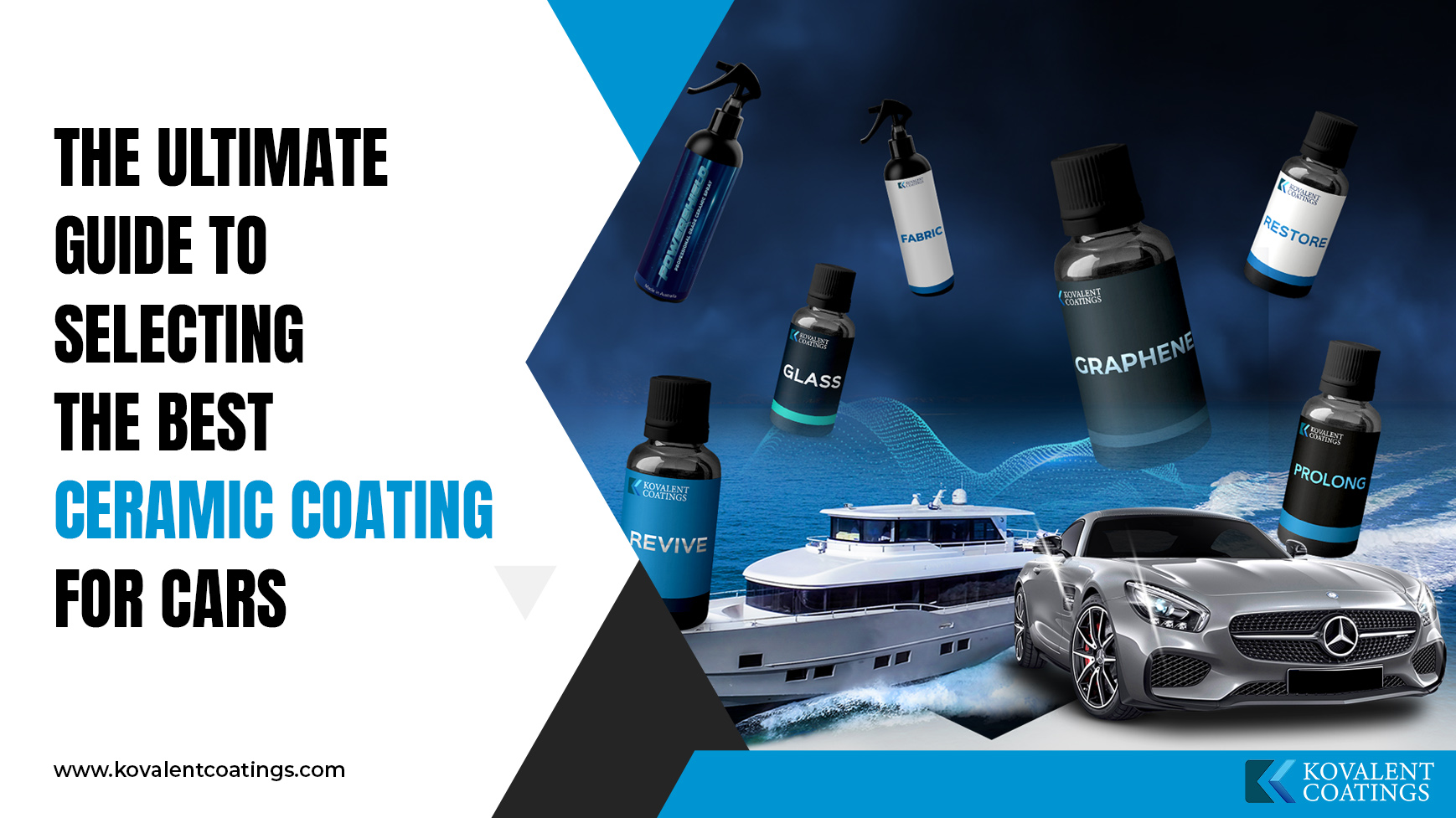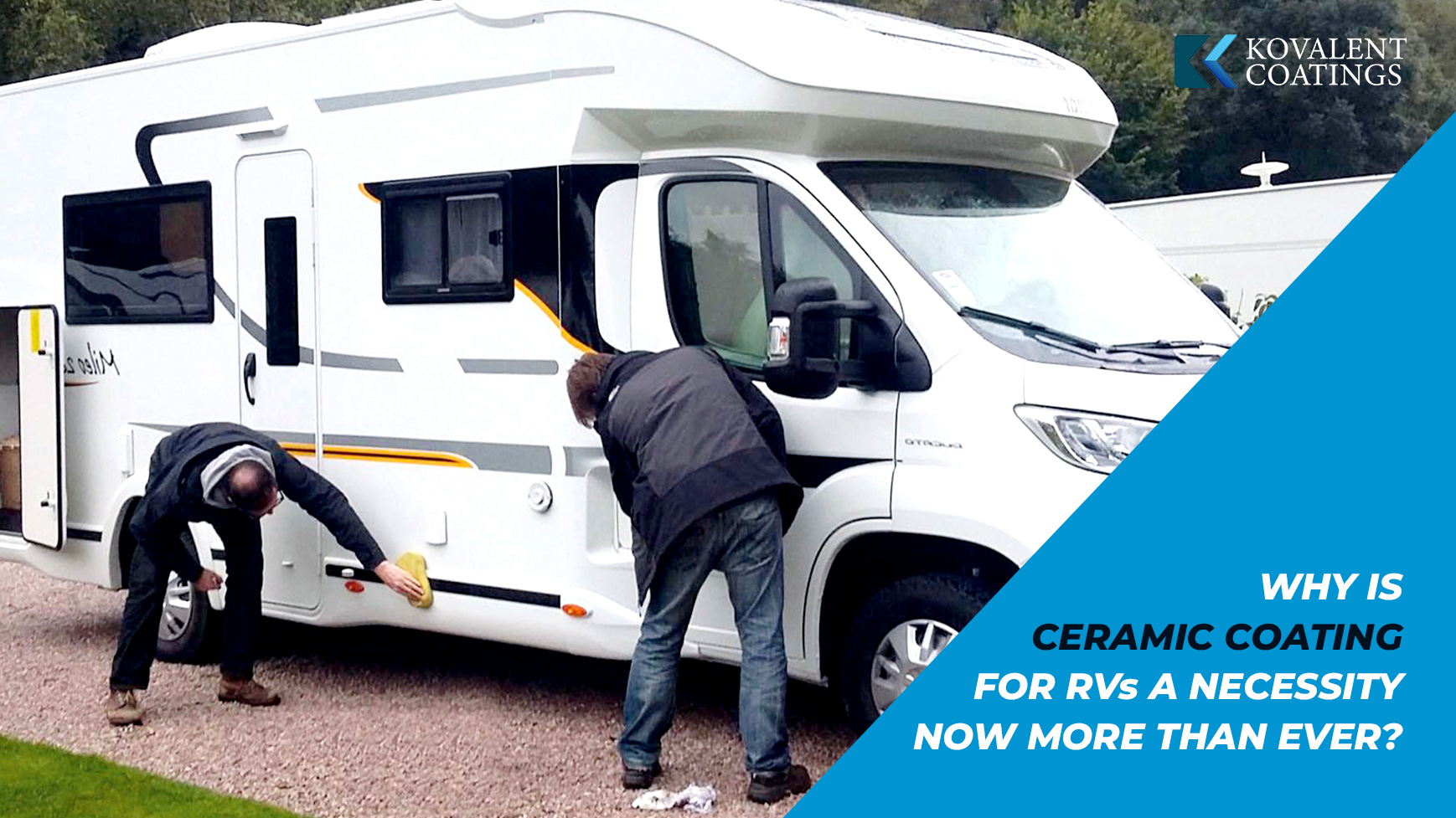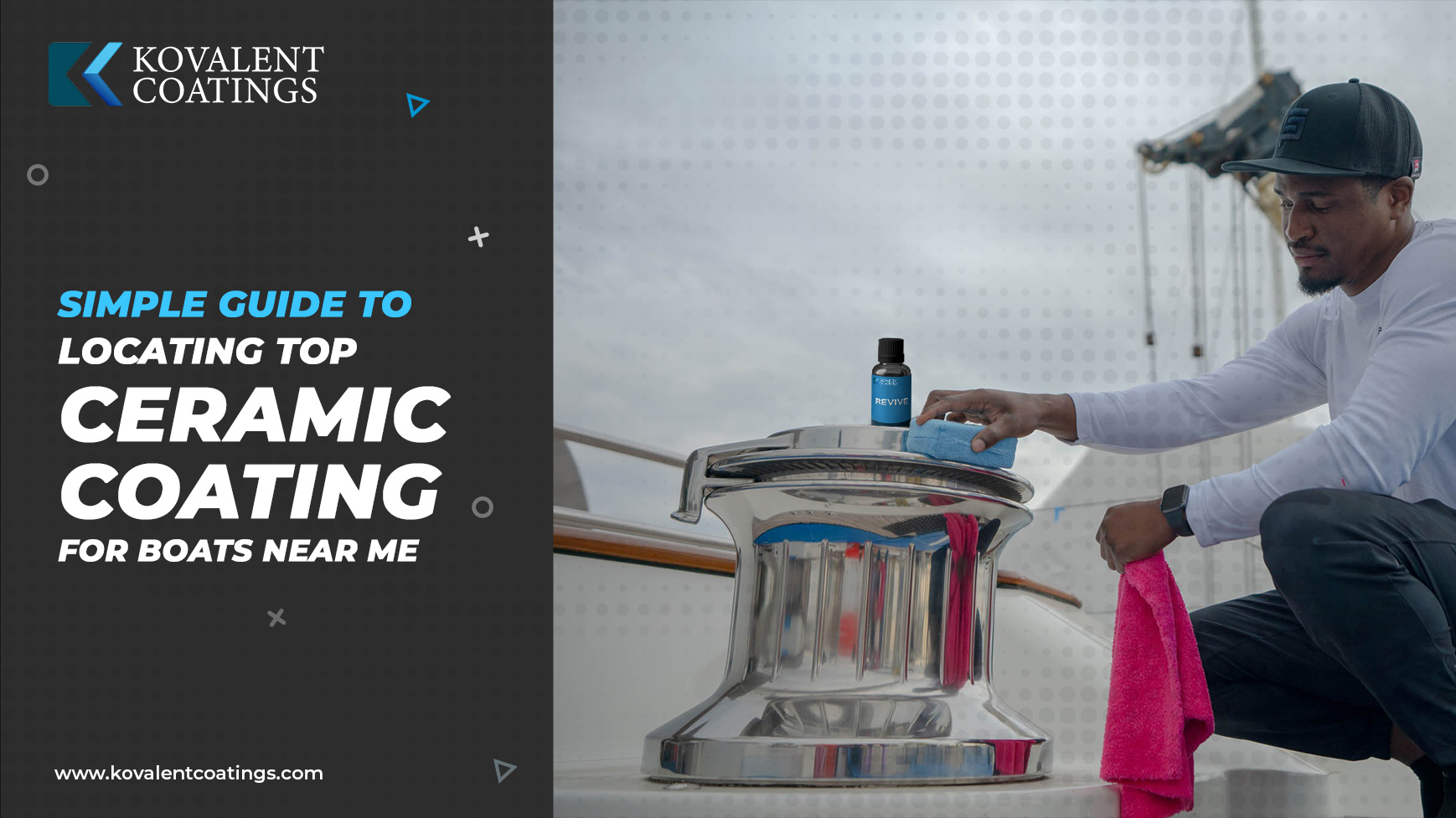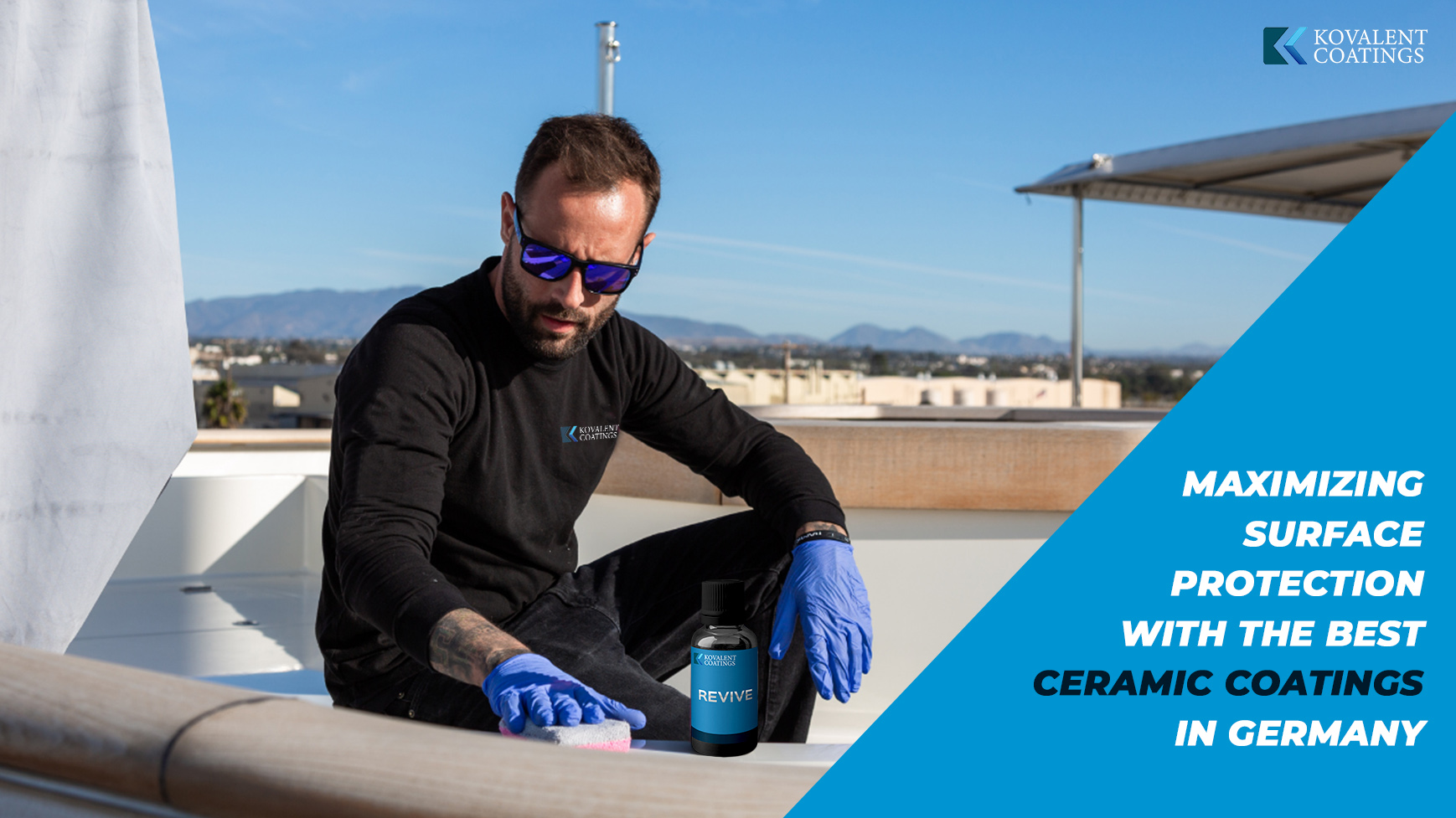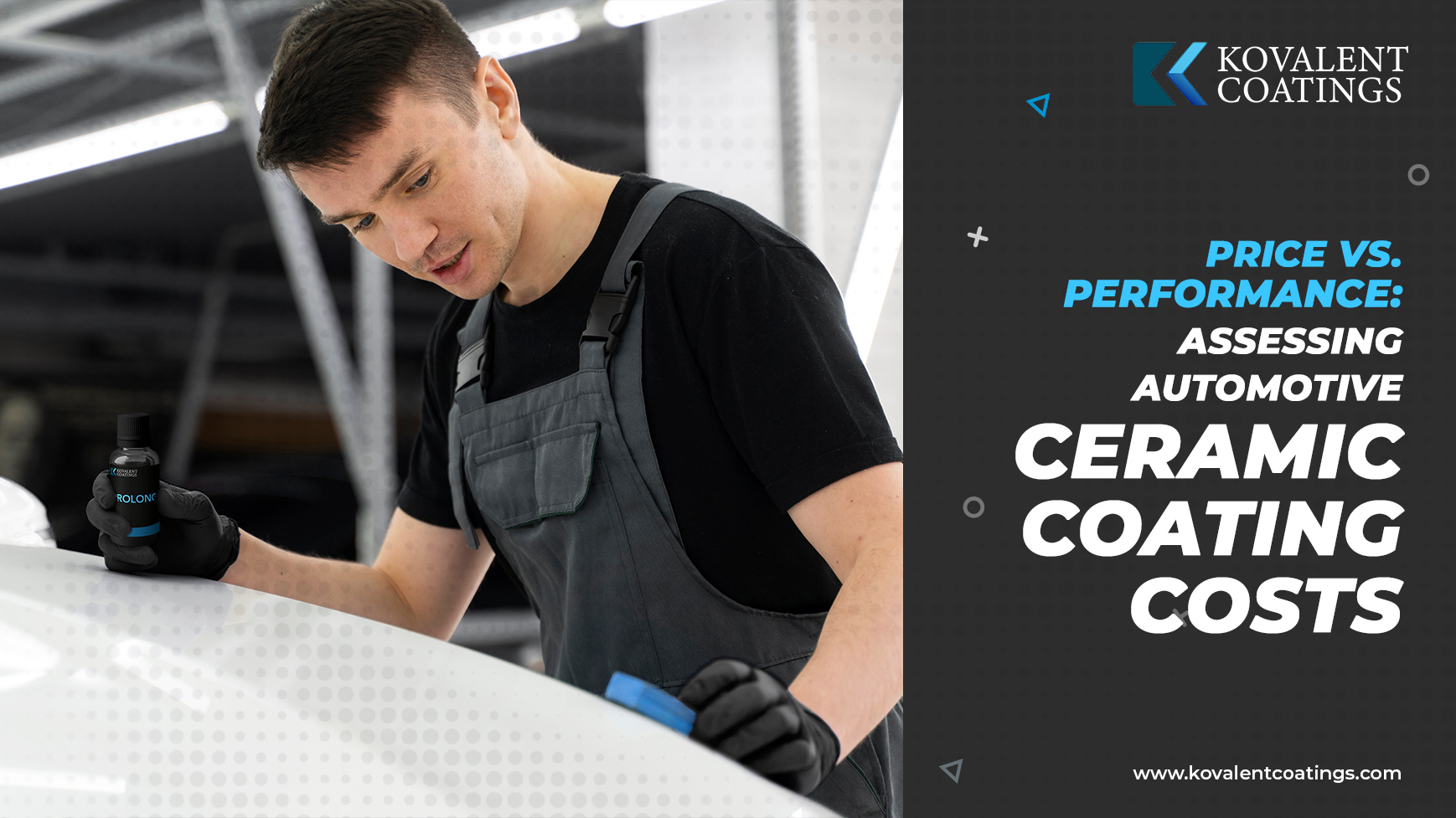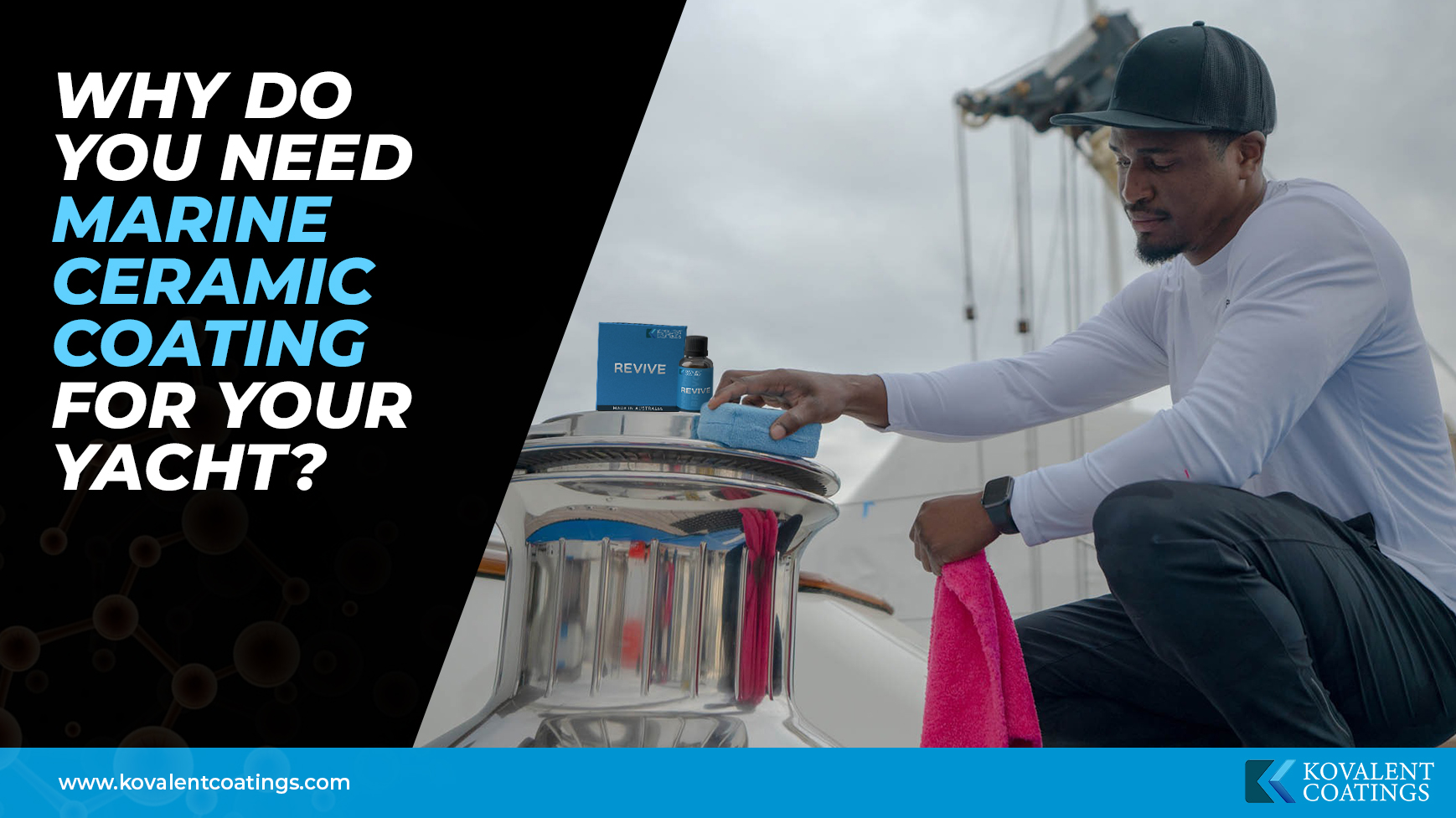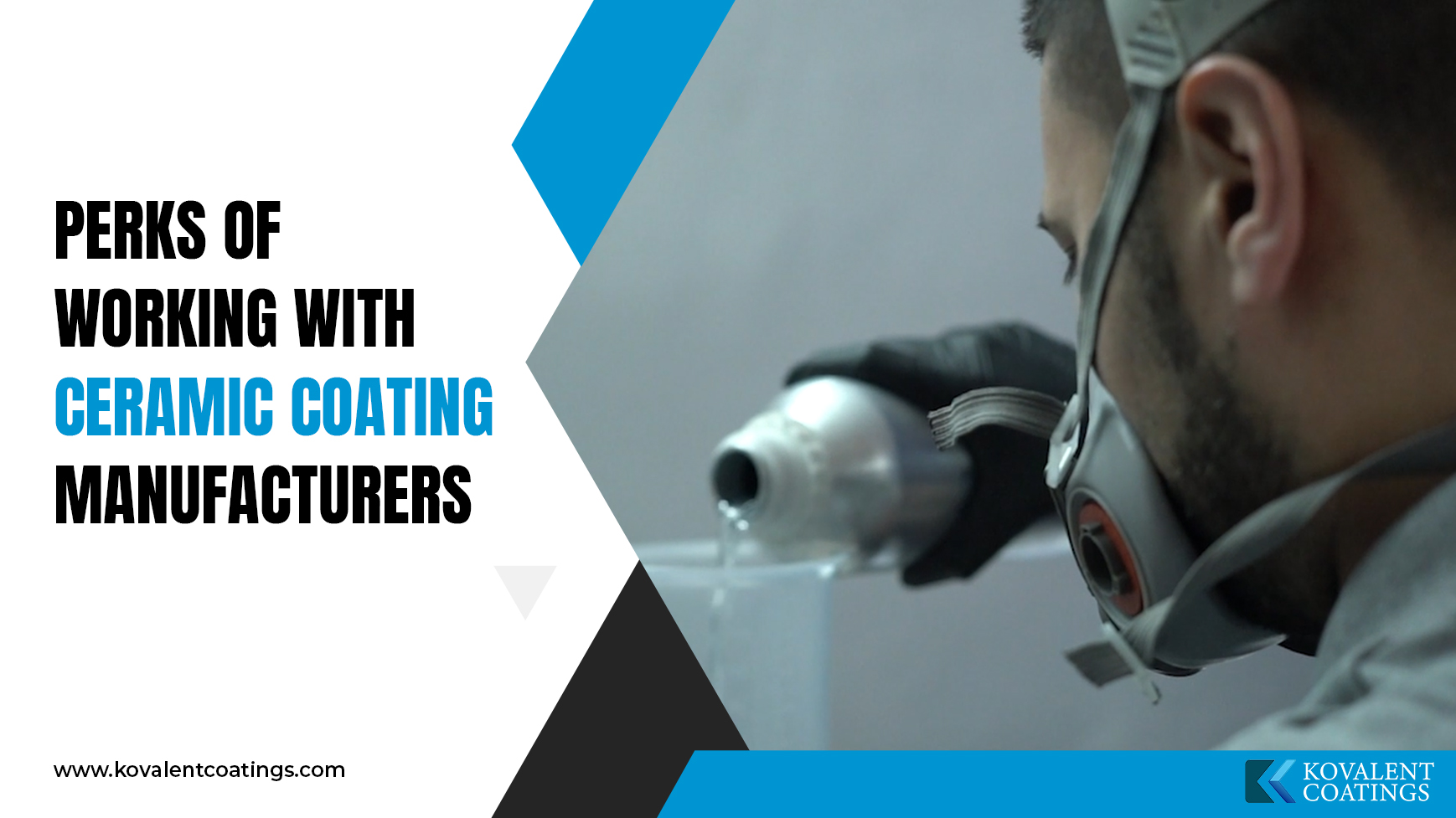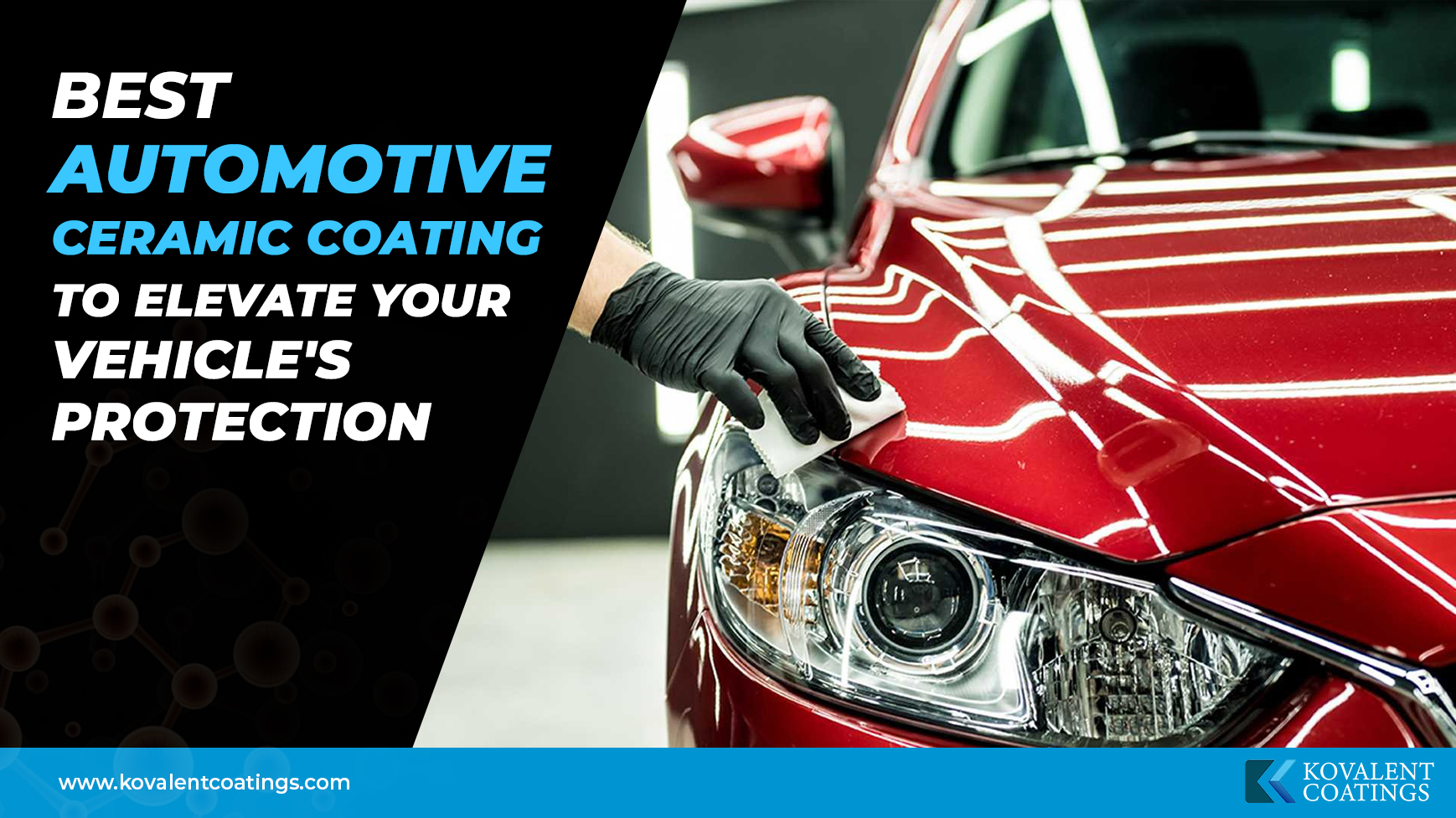The Water-Repellent Illusion: Understanding the Hydrophobic Properties of Ceramic Coatings
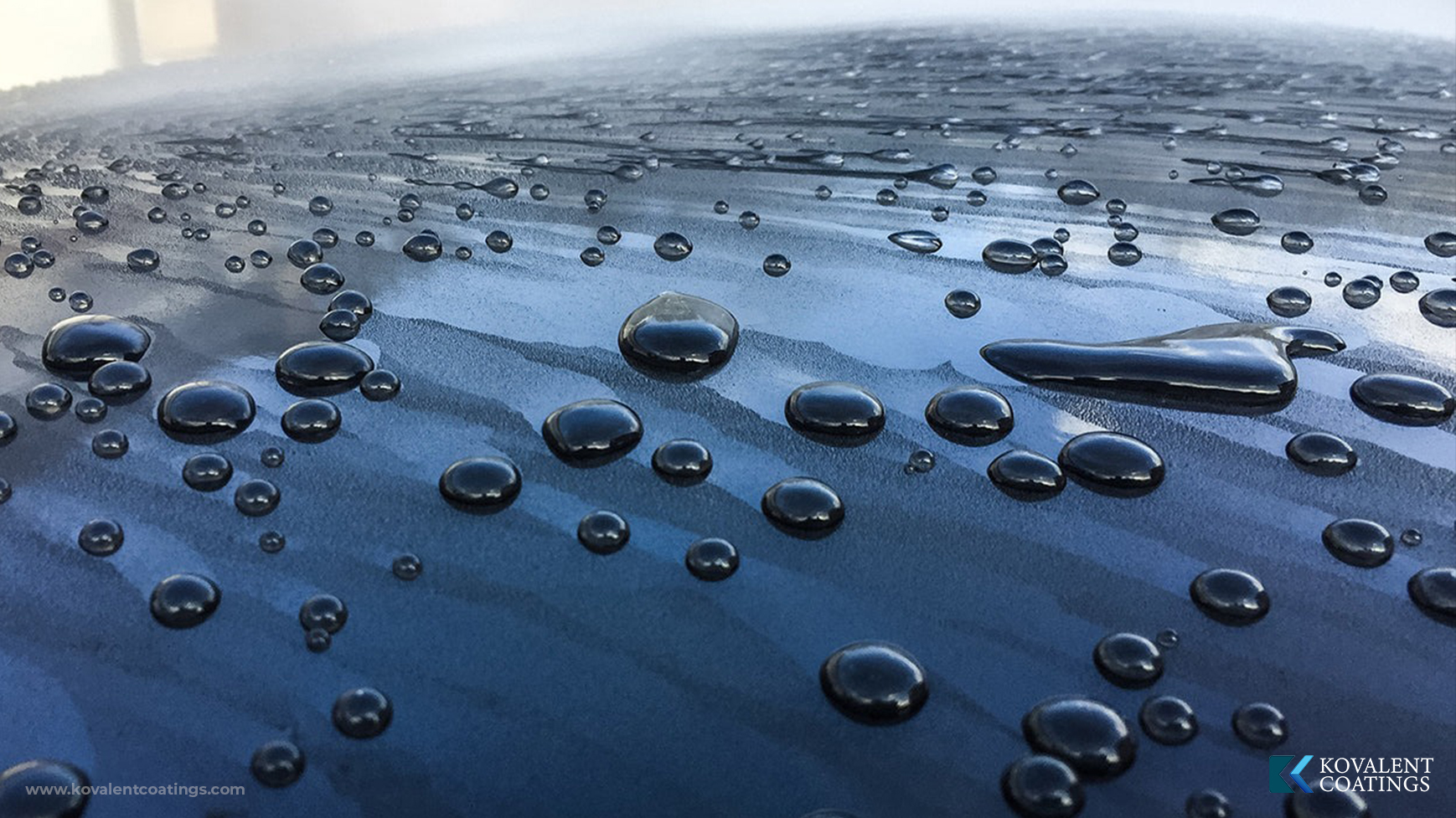 .
. In the world of professional auto detailing, ceramic coatings have taken the industry by storm. These advanced protective coatings promise numerous benefits, from enhanced paint durability to that coveted water-beading effect. But just how effective are ceramic coatings when it comes to water repellency? In this detailed blog, we’ll dive deep into the hydrophobic properties of ceramic coatings, shedding light on the science behind the water-repellent illusion and helping professional detailers understand what to expect from these products.
The Science Behind Hydrophobicity
To grasp the water-repellent properties of ceramic coatings, we need to start with the science. Hydrophobicity refers to the ability of a surface to repel water. It occurs because of the interaction between the coating’s chemistry and the water molecules. Typically ceramic coatings are composed of Silicon Dioxide (SiO2) which is hydrophilic in nature, however, during the manufacturing process the ceramic coatings achieve a hydrophobic effect by the use of certain additives. These nanoparticles then create a superhydrophobic surface when applied correctly.
The Lotus Effect: A Natural Hydrophobic Phenomenon
To understand how ceramic coatings work, let’s draw an analogy from nature. The lotus leaf is known for its exceptional water-repellent properties. Water droplets roll off the leaf, carrying away dirt and contaminants. This phenomenon, known as the Lotus Effect, is the inspiration behind hydrophobic coatings. Ceramic coatings mimic this effect by creating a microscopically textured surface that minimizes the contact area between water droplets and the coated surface. As a result, water beads up and rolls off the treated surface effortlessly, taking dirt and contaminants with it.
The Durability of Hydrophobic Properties
One common myth surrounding ceramic coatings is that the hydrophobic effect is permanent. While it’s true that ceramic coatings offer long-lasting protection, it’s essential to understand that the degree of hydrophobicity can vary based on factors such as maintenance, environmental conditions, and the specific product used.
Maintenance: The longevity of hydrophobic properties depends on how well the ceramic coating is maintained. Regular washing with pH-neutral soaps and proper techniques preserves the hydrophobic effect. Neglecting maintenance can lead to a gradual reduction in water repellency.
Environmental Factors: Environmental conditions play a significant role. Harsh weather, pollutants, and exposure to UV rays can diminish the hydrophobic effect over time. However, the durability of ceramic coatings against these factors is far superior to traditional waxes or sealants.
Understanding the Contact Angle
The water-repellent illusion is best measured by the contact angle, which indicates the angle at which a water droplet makes contact with the surface. A higher contact angle signifies a more pronounced hydrophobic effect. Ceramic coatings typically yield contact angles well above 90 degrees, indicating a strong water-repellent property.
Benefits Beyond Aesthetics
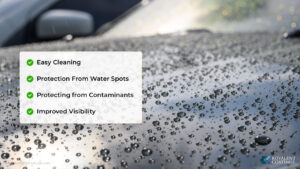
The hydrophobic properties of ceramic coatings extend beyond aesthetics. While the water-beading effect is visually appealing, it also offers several practical benefits:
Easy Cleaning: Water-repellent surfaces are easier to clean. Dirt, grime, and contaminants have a harder time adhering to the coated surface, making maintenance less labor-intensive.
Protection from Water Spots: The quick shedding of water droplets reduces the chances of water spots forming on the paint, particularly in areas with hard water.
Protection from Contaminants: The hydrophobic effect acts as a barrier against environmental contaminants, such as bird droppings and tree sap, which can damage the paint.
Improved Visibility: On windshields, the water-beading effect can significantly improve visibility during rainy conditions.
Realistic Expectations
While ceramic coatings offer remarkable hydrophobic properties, it’s essential for professional detailers and consumers alike to have realistic expectations. The degree of water repellency can vary among different ceramic coating brands and products. Some coatings may offer a more pronounced water-beading effect than others. Furthermore, as previously mentioned, maintenance and environmental factors will influence the longevity of these properties.
Conclusion
In the world of professional auto detailing, understanding the hydrophobic properties of ceramic coatings is essential for setting realistic expectations and delivering top-notch service to customers. The water-repellent illusion created by ceramic coatings is not magic; it’s a result of science, engineering, and product quality. While these coatings offer exceptional protection and water-repellent properties, it’s crucial to educate clients on the importance of proper maintenance and the realistic lifespan of the hydrophobic effect. By doing so, professional detailers can provide the best possible service and ensure customer satisfaction in the long run.
Recent Blogs
How to purchase
our products?






